woof woof
I like a nice Chianti
- Messages
- 39,615
- Name
- Alan
- Edit My Images
- No
We managed a trip out today so I took my A7 and Chinon 50mm f1.4.
We're here...
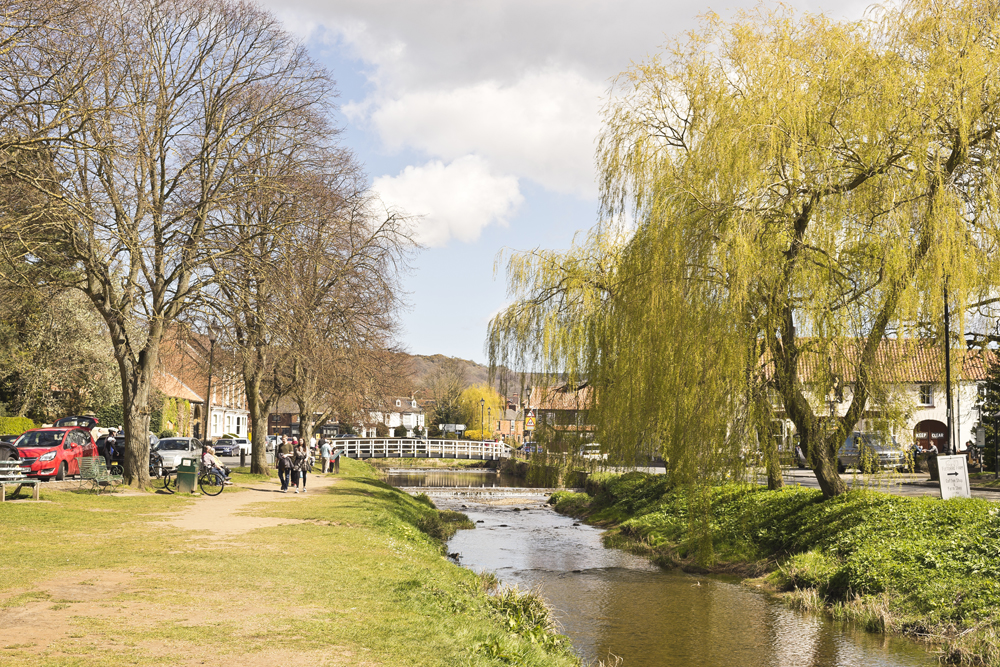
"Take my picture."
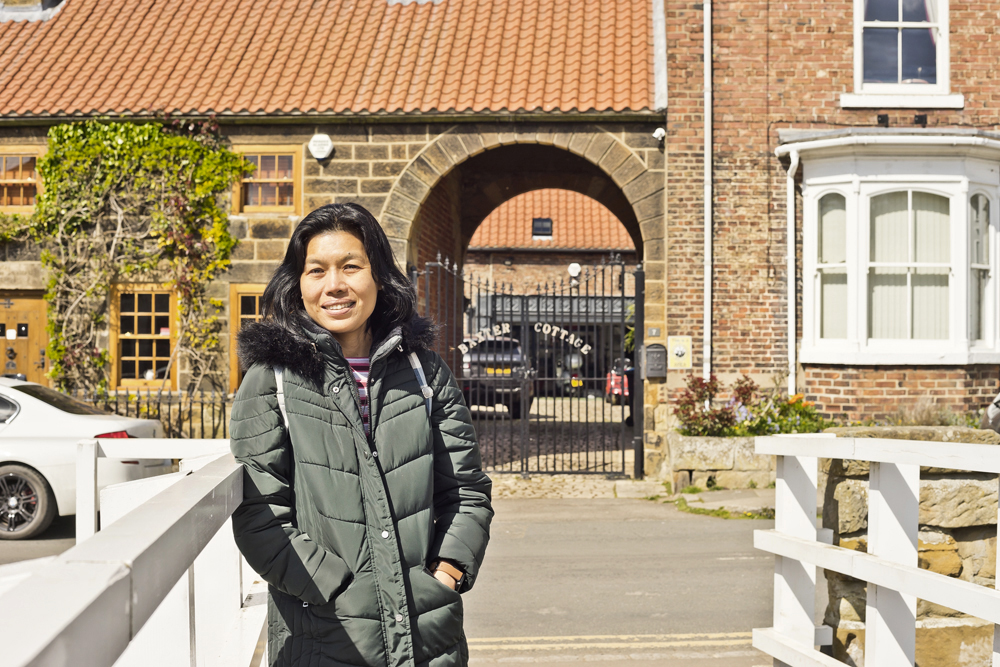
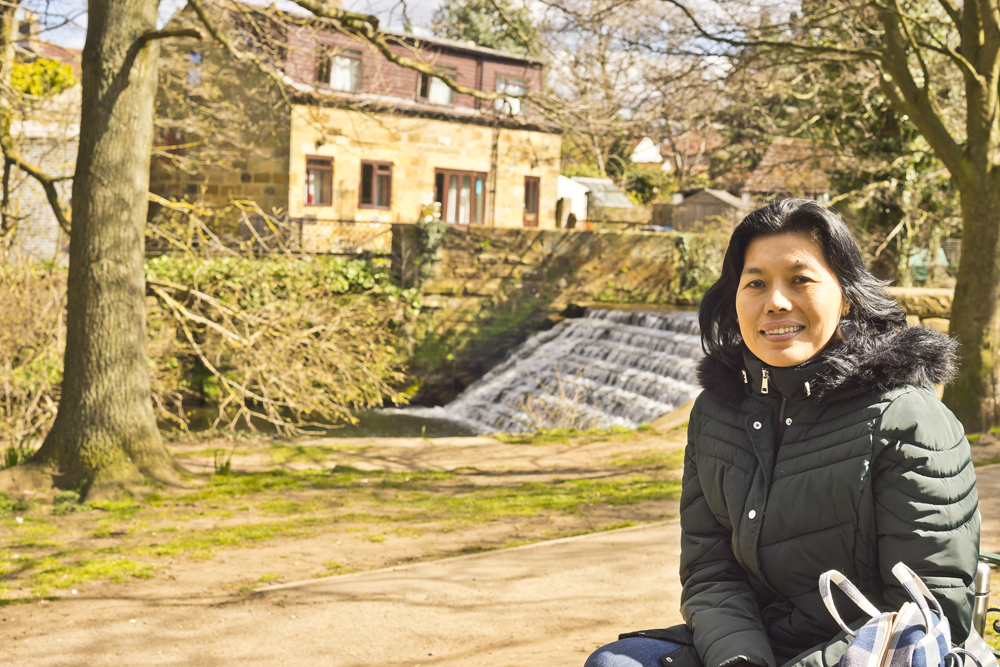
Nice spot for a sit down and to read the grandson a story.

This really is a nice lens and I'm finding it better than I expected based on the reviews. Maybe it's sample variation with the reviewers getting poor ones and me getting a good one or maybe I'm just not picky.
My Chinon 28mm f2.8 arrived today and it too seems to be in very good condition and sharp enough, it does have vignetting at wide apertures though. I may get some centre pinch lens caps for them as the ones they came with are a bit fiddly.
We're here...

"Take my picture."


Nice spot for a sit down and to read the grandson a story.

This really is a nice lens and I'm finding it better than I expected based on the reviews. Maybe it's sample variation with the reviewers getting poor ones and me getting a good one or maybe I'm just not picky.
My Chinon 28mm f2.8 arrived today and it too seems to be in very good condition and sharp enough, it does have vignetting at wide apertures though. I may get some centre pinch lens caps for them as the ones they came with are a bit fiddly.
Last edited:


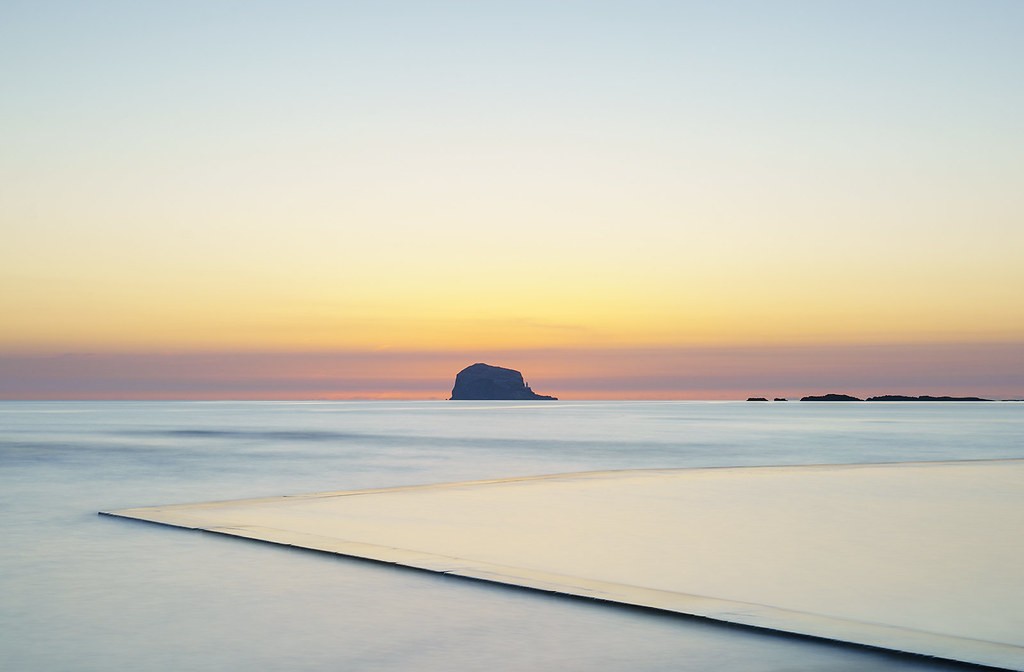 Boating Pond to Bass Rock Sunrise
Boating Pond to Bass Rock Sunrise



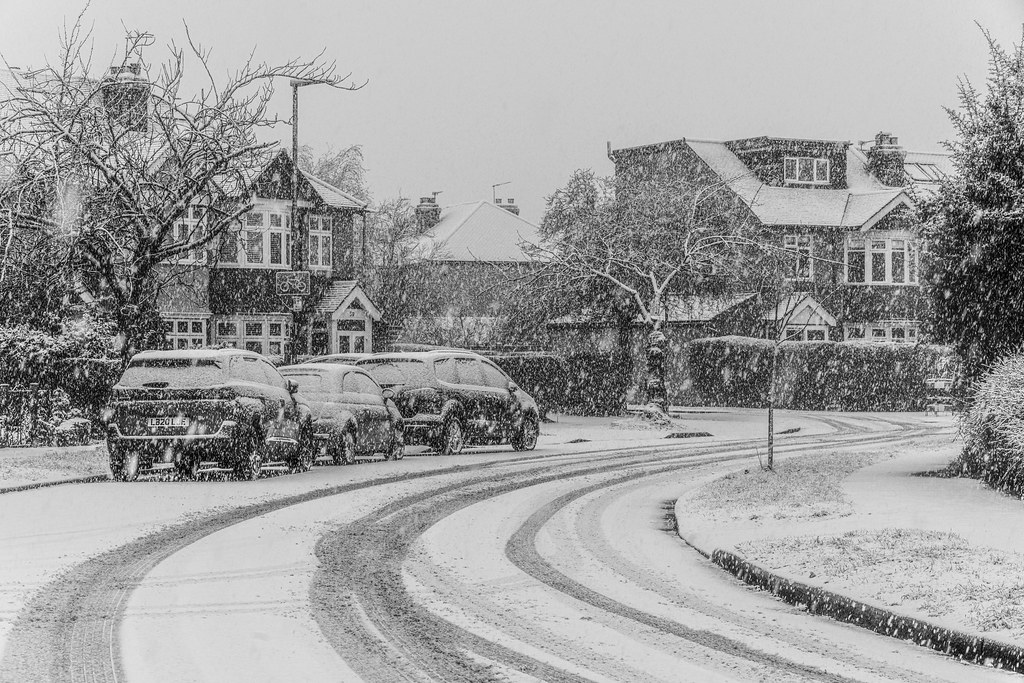
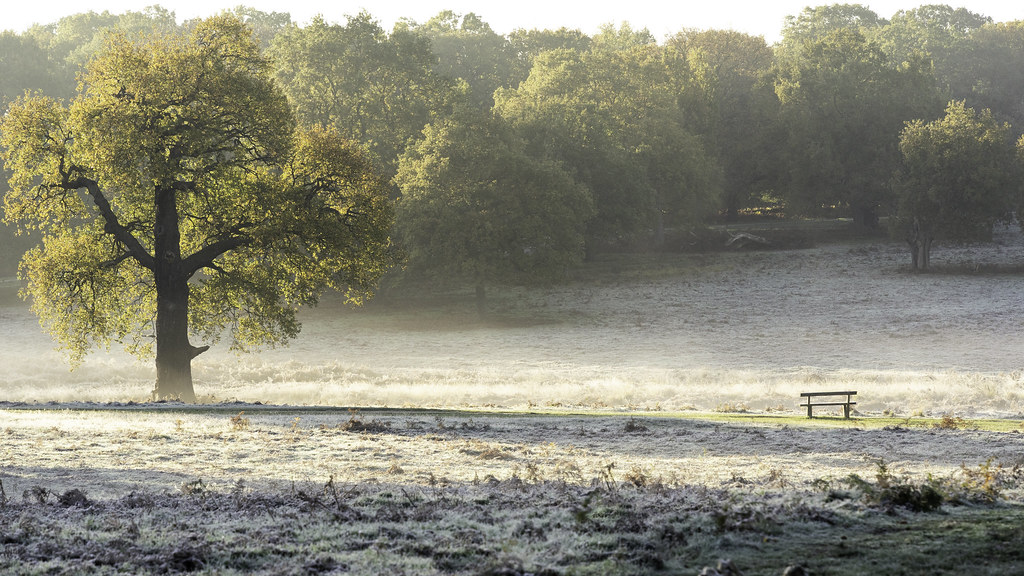
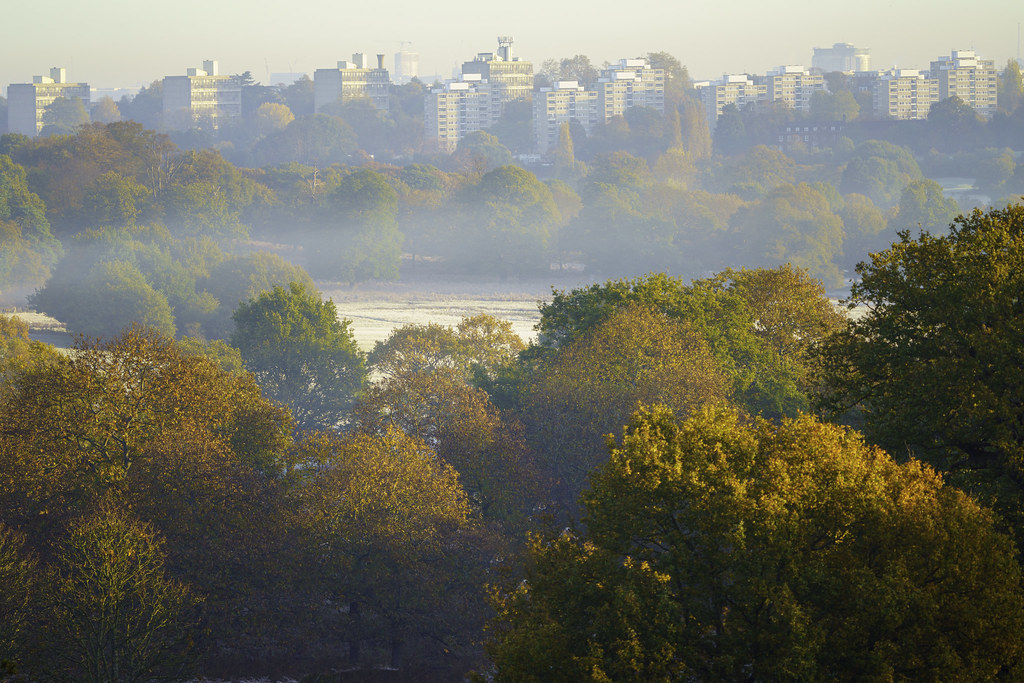
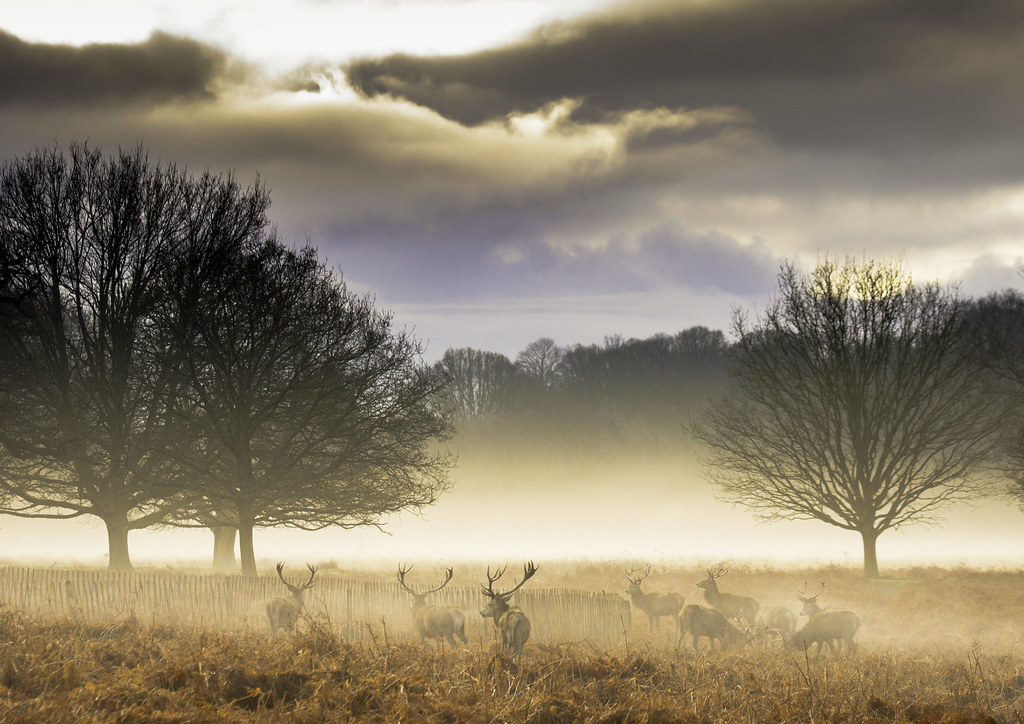
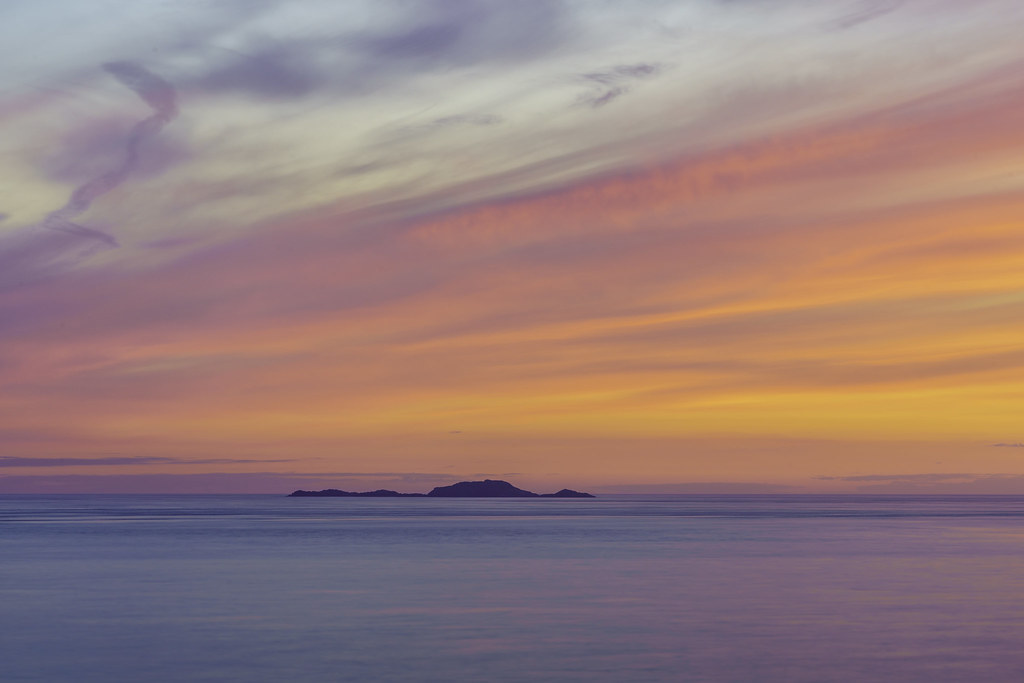
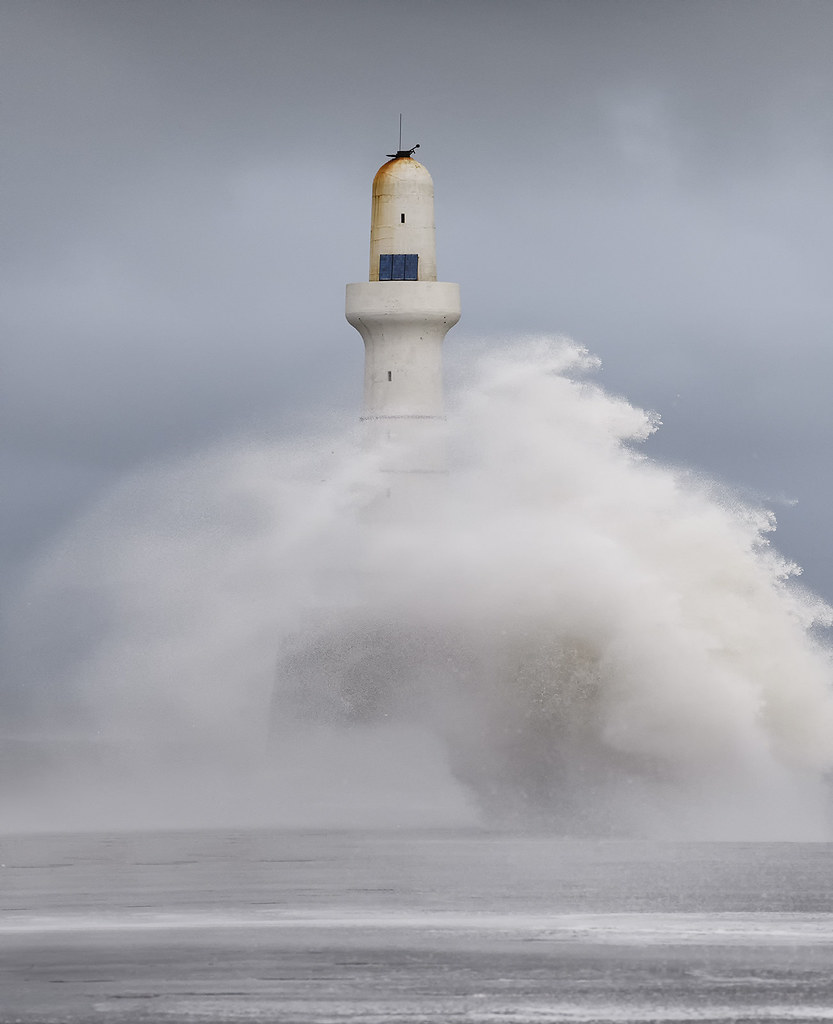 Aberdeen Lighthouse storm
Aberdeen Lighthouse storm